Consuming cannabis inspires you to examine the world from an altered, refreshed, more patient perspective, reinstilling childlike curiosity and daring you to think against the grain.
Because of this, things like media consumption, eating food, and even going for a walk can feel brand new, exciting, and full of possibility.
One of the best things to do while high is to connect with what weed comes from in the first place: nature. Whether that means taking a trip or even launching that little yellow guy into street view on Google Maps, here are some of the best natural landscapes to visit while under the influence of cannabis.
1. Sequoia National Park
Filled with massive mountains, rugged foothills, deep canyons, vast caverns, and the world’s largest trees, Sequoia National Park is one of the most beautiful landscapes in the U.S.
It’s the perfect place to venture to and experience the work of Mother Nature, the breathtaking beauty of Southern California, and a true rarity in the 21st century: fresh, clean air.
2. Scottish Highlands
Nestled in northwest Scotland, the Scottish Highlands are a major destination for global travelers. Loch Ness lies at the center of the mountainous region, overlooked by the ruins of the Urquhart Castle and best known for its mythical creature “Nessie.”
We certainly recommend traveling here and consuming some cannabis as you enjoy the stunning landscape – but maybe save searching for Nessie for another (more sober) time.
3. Grand Canyon National Park
Arizona’s Grand Canyon is a natural landscape composed of red rock, containing millions of years of geological history in its body.
The canyon is great for hiking, sightseeing, river rafting, and, of course, consuming weed throughout the entire experience.
4. Machu Picchu
Machu Picchu is a 15th-century Inca citadel located in the Eastern Cordillera of southern Peru. It lies above the Urubamba River valley: the perfect juxtaposition of ancient architecture and a natural water source.
It’s best known for its dry-stone walls, and its intriguing series of buildings that play on astronomical alignments and beautiful, panoramic views.
Historians believe the citadel was abandoned in 1572, and its exact origins and former use remain a total mystery open to speculation. Whether you travel there yourself or explore its mysterious walls from the comfort of your computer screen, it’s definitely worth checking out, wondering about, and maybe even crafting your own creative story that explains its origin.
5. Peyto Lake
Canada’s Peyto Lake is glacier-fed and located in Banff National Park in the Canadian Rockies. With bright, crystally turquoise waters and a beautiful region of mountains surrounding it and kissing the clouds, Peyto Lake feels touched by magic.
Its water is even more brilliantly blue during the summer months, as the glaciers grind the rock down into rock flour, which is carried downstream and refracted off light to create a vivid teal.
Near Peyto Lake are other beautifully blue water sources, like Moraine Lake, Emerald Lake, and Hector Lake, which are all easily accessible to visitors – or Google Map warriors with a joint in hand.
Need a little more Bluntness in your life? Subscribe for our newsletter to stay in the loop.
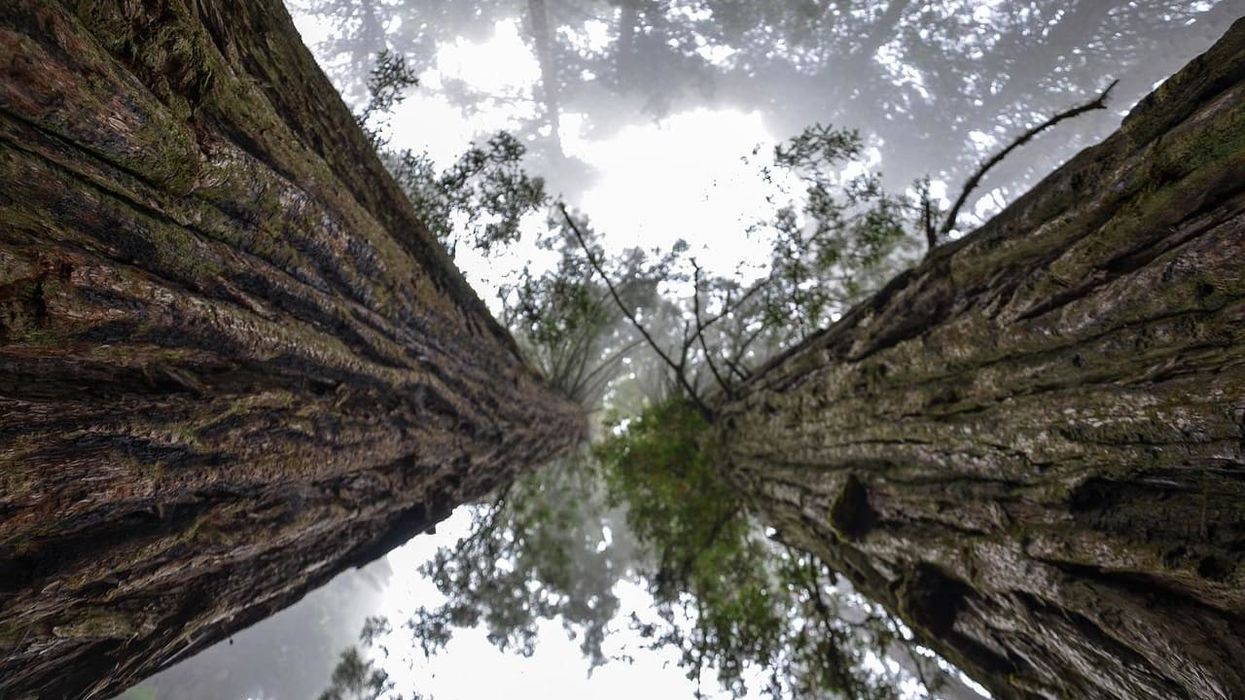






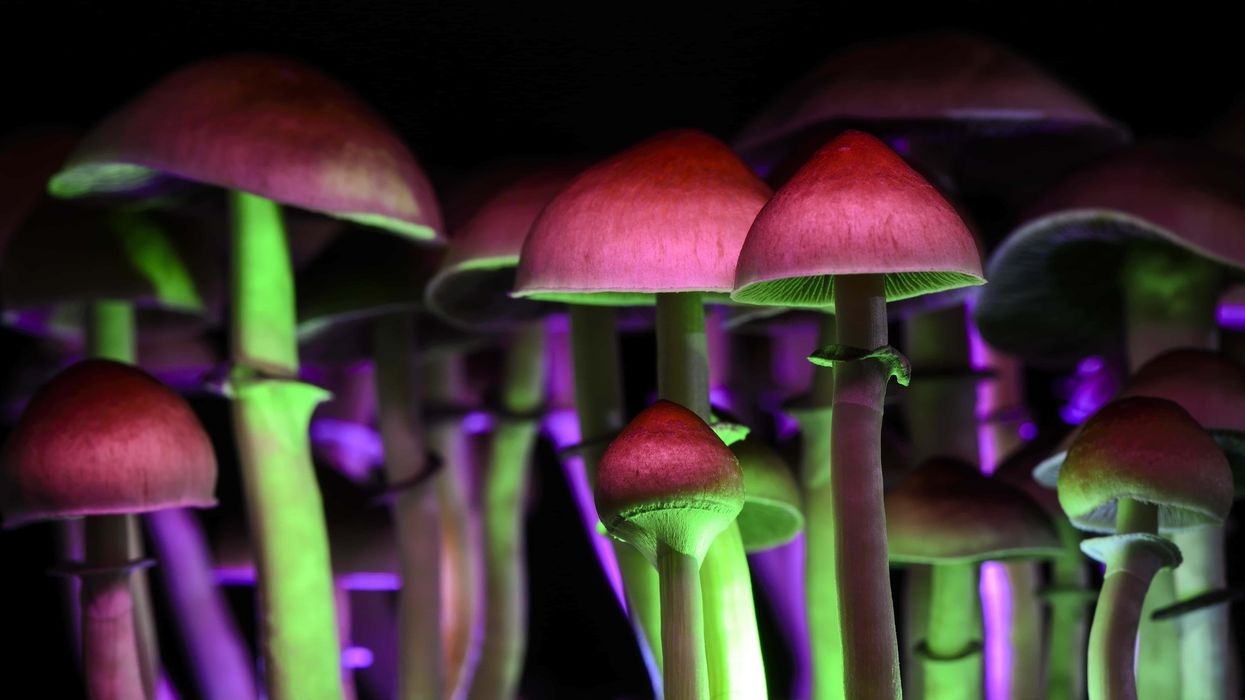



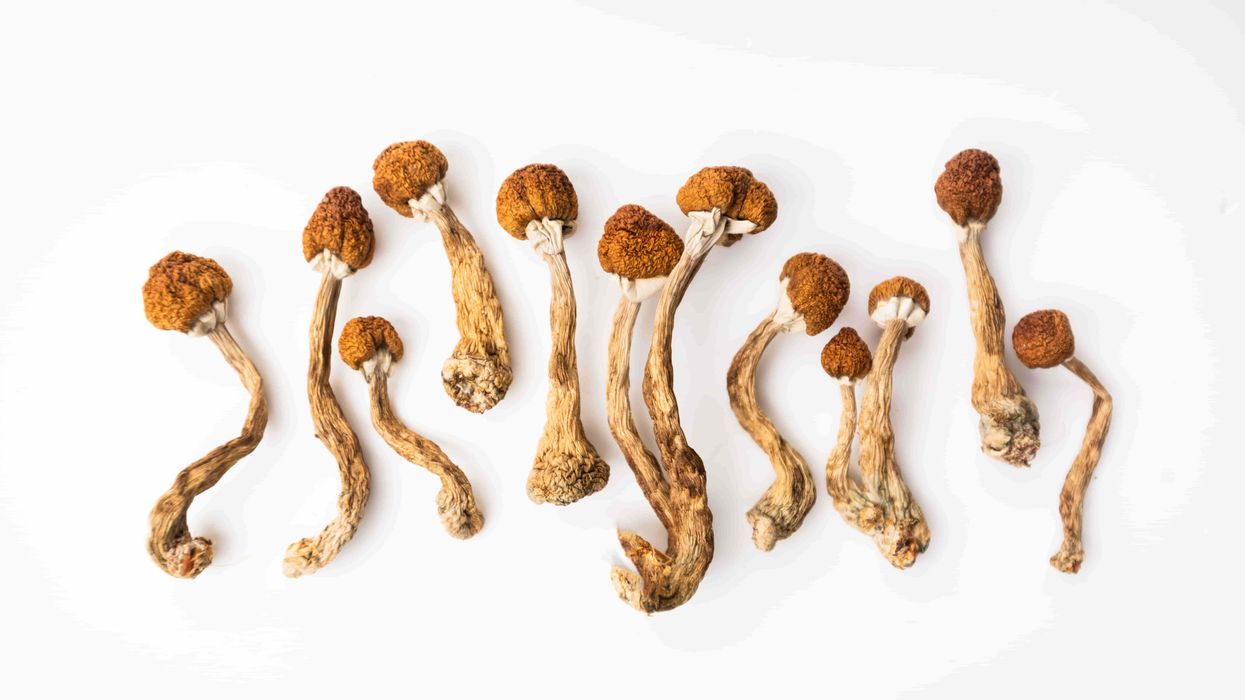


 Can Drug Dogs Smell Edibles? - The Bluntness
Photo by
Can Drug Dogs Smell Edibles? - The Bluntness
Photo by  Can Drug Dogs Smell Edibles? - The Bluntness
Photo by
Can Drug Dogs Smell Edibles? - The Bluntness
Photo by 
 Coffee & Weed: A Modern Spin on the Hippie Speedball - The Bluntness
Photo by
Coffee & Weed: A Modern Spin on the Hippie Speedball - The Bluntness
Photo by 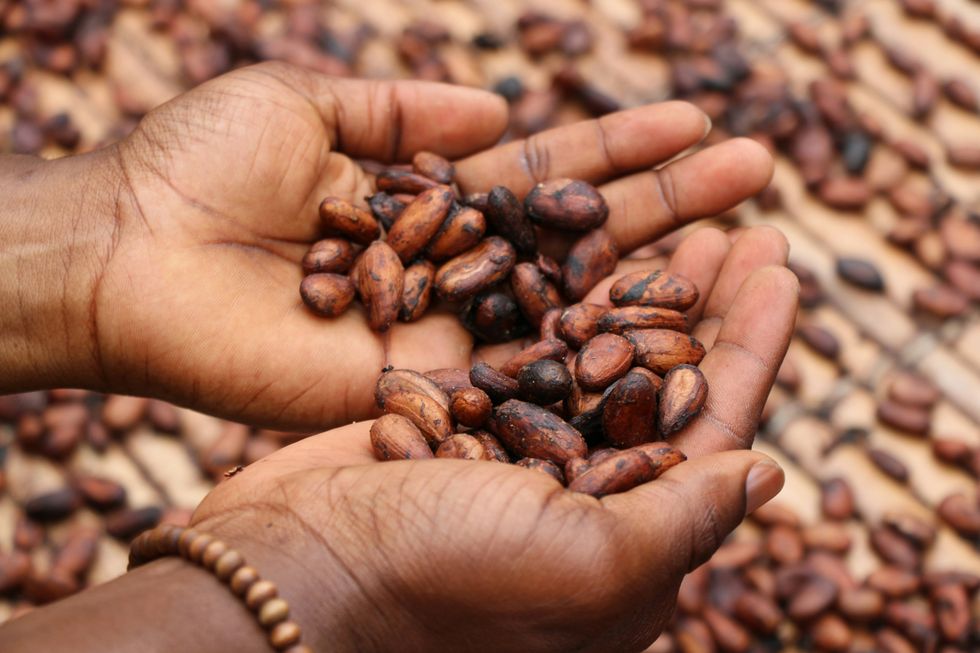 Coffee & Weed: A Modern Spin on the Hippie Speedball - The Bluntness
Photo by
Coffee & Weed: A Modern Spin on the Hippie Speedball - The Bluntness
Photo by  Coffee & Weed: A Modern Spin on the Hippie Speedball - The Bluntness
Photo by
Coffee & Weed: A Modern Spin on the Hippie Speedball - The Bluntness
Photo by 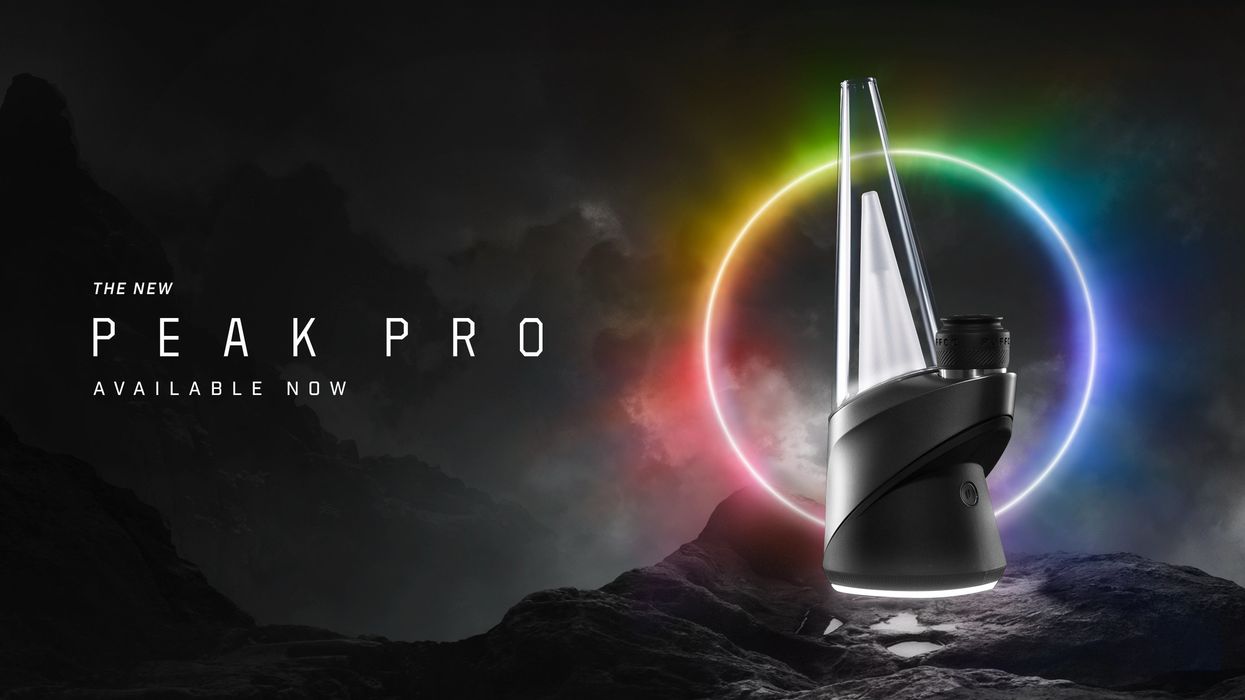
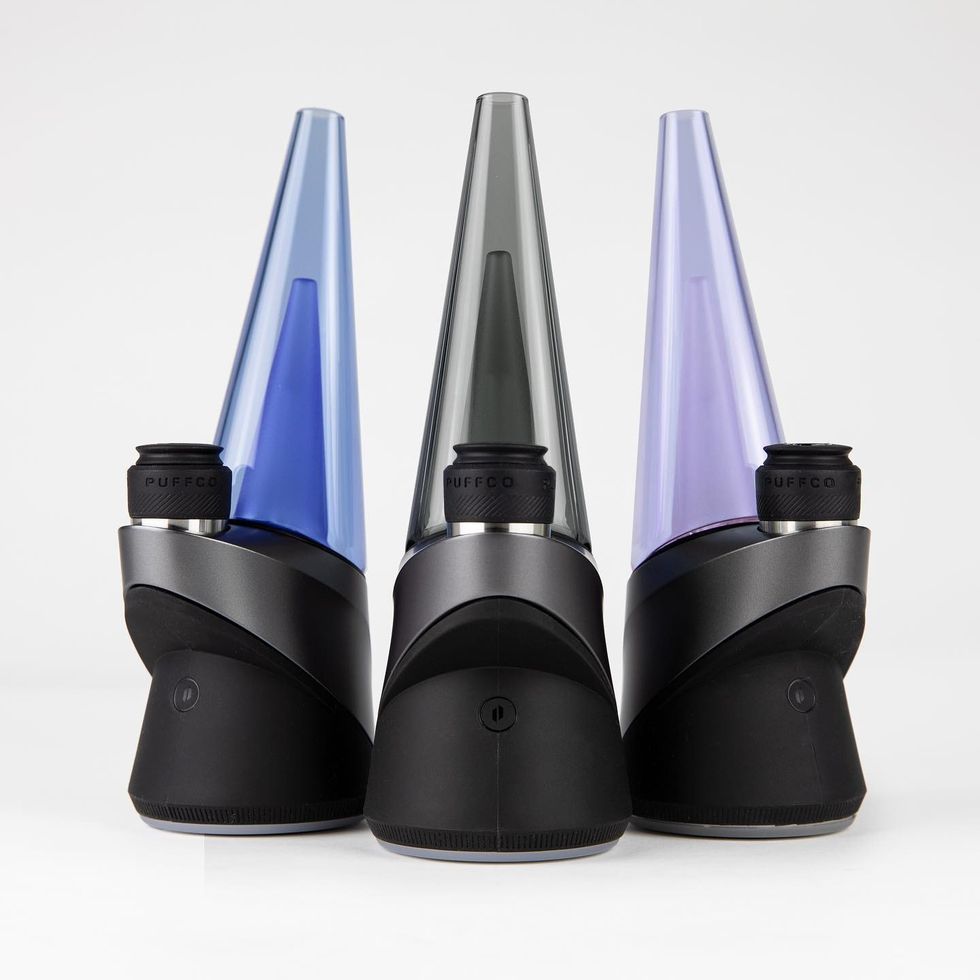 The Puffco Peak Pro brings style and ease to cannabis dabbing.Image from Puffco on Facebook
The Puffco Peak Pro brings style and ease to cannabis dabbing.Image from Puffco on Facebook The Puffco Peak Pro is easy to hold AND easy to use.Image from Puffco on Facebook
The Puffco Peak Pro is easy to hold AND easy to use.Image from Puffco on Facebook The Puffco Peak Pro allows you to appreciate cannabis and innovation at the same time.Image from Puffco on Facebook
The Puffco Peak Pro allows you to appreciate cannabis and innovation at the same time.Image from Puffco on Facebook